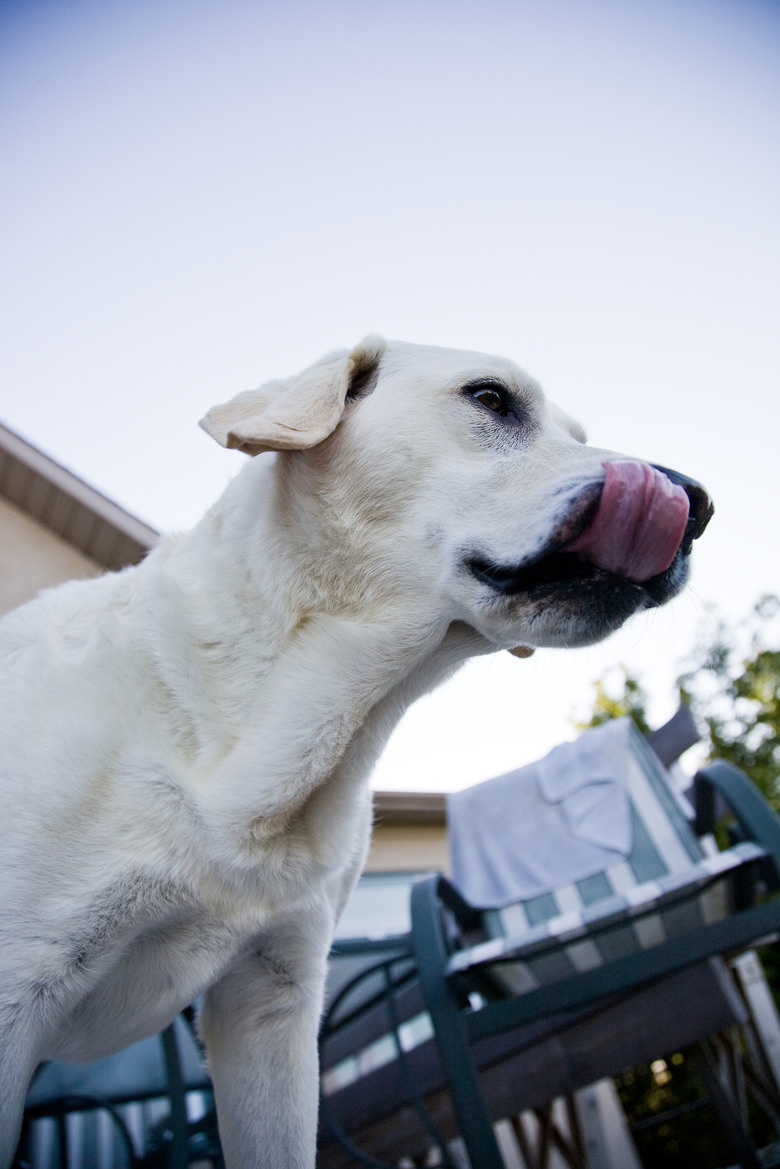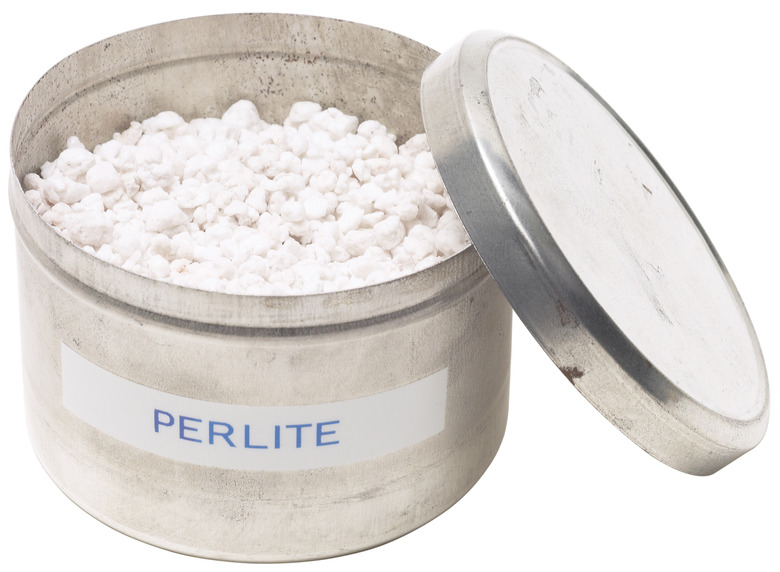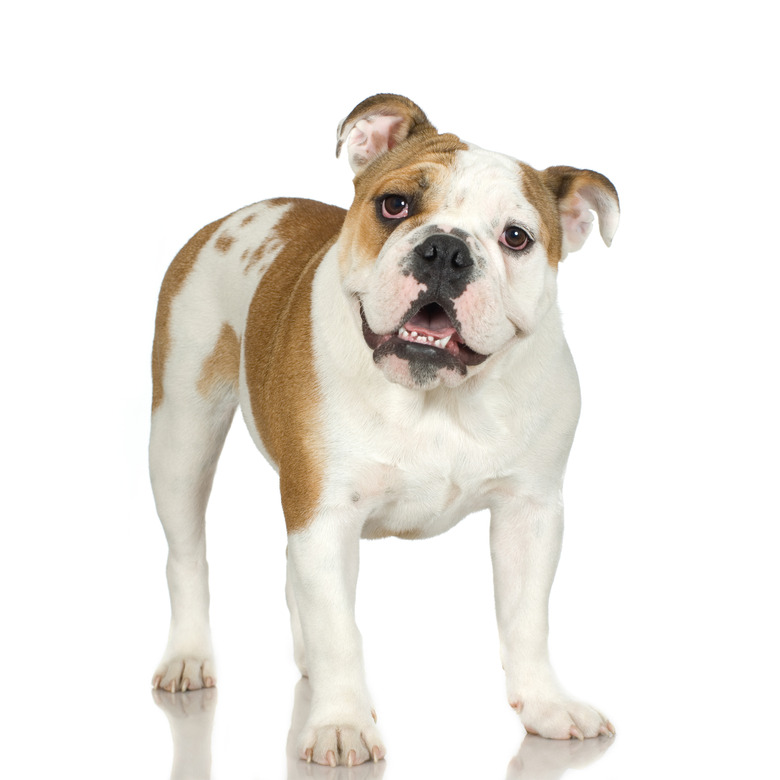Is Perlite Bad For Dogs?
Dogs possess infinite amounts of curiosity about the taste of unknown objects, even when they lack foodlike odors. A young mastiff was known to have eaten an 8-inch wrench, while a Labrador puppy swallowed a fishing pole. Canine thieves of all ages infamously steal food, conveniently forgetting their "leave it" lessons. Dogs consuming perlite could be at risk if they eat entire bags; however, it's not toxic, and removal doesn't require surgery — just patience.
Everyday Perlite
Perlite is a naturally occurring volcanic rock used in horticulture and brewing beer. It also filters storm water and hazardous waste spills, and it's occasionally used in cat litter. Other common uses include insulation and filtering pharmaceuticals, wine and foods. Perlite is also filler for caulking and paints and provides abrasive properties to a variety of cleaners. Gardeners frequently have bags of perlite around the house.
- Dogs possess infinite amounts of curiosity about the taste of unknown objects, even when they lack foodlike odors.
- Perlite is also filler for caulking and paints and provides abrasive properties to a variety of cleaners.
Vermiculite or Perlite
Beginning gardeners often confuse vermiculite and perlite with the other. Both occur naturally, yet they are distinctly different. Magnified photos of perlite resemble hailstones with nooks and crevices, a property that provides a large surface area and holds microscopic water. It improves soil aeration. Vermiculite is layered mica and retains water like a sponge while providing minimal aeration. Vermiculite holds water but doesn't increase humidity; perlite increases humidity but doesn't hold water.
Dog Curiosity
If a dog consumes a mouthful of vermiculite, its mouth will feel dry, and it would probably drink a lot of water – which would cause the vermiculite to expand in its stomach. Perlite, if swallowed, would maintain its original size and shape and eventually pass through the dog's system. Chewing volcanic perlite, a form of volcanic glass, could damage teeth. Vermiculite remains swollen and might cause health problems but would feel mushy when eaten.
- Beginning gardeners often confuse vermiculite and perlite with the other.
- Vermiculite is layered mica and retains water like a sponge while providing minimal aeration.
Nontoxic Perlite
Consuming large amounts of perlite, like anything else, will cause health problems, but perlite is considered nontoxic. Health effects include possible eye or skin irritations. Inhaling perlite dust could trigger asthma in sensitive individuals (including dogs), and if ingested this is considered practically nontoxic. Call poison centers for treatment advice if large amounts are swallowed. Keep perlite out of Fido's reach.
Training
Train your dogs to "leave it" when you observe them picking up gross or dangerous objects or snacking on potting soil, mulch and perlite. Boredom and teething often lead dogs to eat what they shouldn't. Physical and mental exercise eliminates boredom behaviors — consider more walks or dog daycare. Smart dogs eat perlite once and decide on better foods, especially if owners don't overreact. If they continue, talk to your vet about possible nutritional deficiencies.
- Consuming large amounts of perlite, like anything else, will cause health problems, but perlite is considered nontoxic.
- Inhaling perlite dust could trigger asthma in sensitive individuals (including dogs), and if ingested this is considered practically nontoxic.


